When Dr Laura Sandeman died in 1929, the Press and Journal described her as the “best-loved woman in Aberdeen”.
The newspaper said her demise “cast a gloom over every household in the city”.
Dr Sandeman died from pneumonia after working herself to exhaustion caring for the sick during an influenza epidemic.
Her tragic end summed up the selfless approach of someone who was Aberdeen’s one-woman NHS decades before it existed.
Health pioneer also fought for equal rights
The medical pioneer, who was born in 1862, was chief physician at the Scottish Women’s Hospital in France during the First World War.
When she was promoted to controller of medical services to Queen Mary’s Army Auxiliary Corps, she demanded she be paid equally with her male equivalents.
Dr Sandeman even twice ran for election during the 1920s, in her quest to improve health and social care in the deprived Torry community.
Now, almost 100 years on from her death, a plaque has been put up at the Waverley Place address in Aberdeen where she lived, worked and died.
Who was Laura Sandeman?
Laura Sandeman was born in Brashaw, Lincolnshire, and studied medicine at Edinburgh University.
She arrived in Aberdeen in 1903, just seven years after Elizabeth Latto Ewen became the city’s first female doctor.
Dr Sandeman joined her practice, now Westburn Medical Group, which only had women as senior partners for several decades.
It was then that they moved to the city centre, and opened a branch in Torry.
Around that time, she began crusading to improve conditions for the impoverished residents there.
Wartime exploits of Aberdeen heroine
But in November 1914, after the outbreak of the Great War, she volunteered to work for the all-female unit set up in the Royaumont area.
It was while helping the war effort that she took a stand against the gender pay gap – something that remains an issue more than a century on.
After impressing as the Chief Medical Officer of the Scottish Women’s Hospital, she was next appointed to the Royal Army Medical Corps.
But Dr Sandeman refused to take up the post of Controller of Medical Services because her pay would be 60% less than what she earned as a GP, and less than a man of the same rank.
She only accepted the promotion in 1917, assuming responsibility for operations in France.
Displaying an independent streak, she was known for avoiding wearing a military uniform, instead working in a skirt, shirt and tie.
Are you pleased to see Laura Sandeman being highlighted in this way? Let us know in our comments section below
Dr Laura Sandeman fought for change
After returning to Scotland, Dr Sandeman gained an even greater insight into the struggles of the poor at the Dundee workhouse.
And desperate to help matters, she decided the best way to influence change would be by entering politics.
Dr Sandeman came second in North Aberdeen in both the 1924 General Election, and a 1928 by-election.
We reported that partly due to the novelty of a woman standing, there was a “bumper audience” in the Aberdeen North United Free Church (now Aberdeen Arts Centre).
Our reporter at the time wrote: “Dr Laura used few gestures, and spoke words mainly of the simplest.
“But these revealed the very essence of her personality: to wit, her sincerity, her passion for justice and right, which sweeps aside as worthless all mere stressing for effort.”
Death of woman whose qualities ‘endeared her to all’
Dr Laura Sandeman died on February 22, 1929, at her home on Waverley Street.
We said she “occupied a unique place in the city as a family physician, social worker and politician”.
Her death came amid an influenza epidemic that “had the city in its grip for several weeks”.
The P&J stated: “Her strength had been greatly taxed combating the disease in the wide area in which she practised.
“When pneumonia supervened, she was unable to fight it.”
Lord Provost Andrew Lewis said the 67-year-old’s death was a “grievous loss” for the city “and its working-class districts in particular”.
He added: “Much of her labour was given without fee or reward.”
Hundreds turned out to say final farewell
Days later, a crowd of “sorrowing people” arrived to see off the train carrying Dr Sandeman’s body to Glasgow.
More than 500 people lined the route as the coffin, wrapped in Stewart tartan, was carried from the station entrance to the carriage.
The P&J stated: “The doors of the carriage were left open.
“For 20 minutes, men, women and children filing past took a last farewell of one who had been their friend, counsellor and physician.”
Where has the plaque been put up?
The Aberdeen Women’s Alliance (AWA) has already successfully campaigned for plaques to be erected commemorating Caroline Phillips, Dr Agnes Thomson and
Louisa Lumsden.
They have now installed the plaque on the Waverly Place building where Dr Sandeman lived and worked, having secured permission from owners Piper Sandler.
Lesley Dunbar, who performed hours of research, said: “AWA are keen to make pioneering women’s contributions to the city visible by having plaques erected on buildings where they lived or worked.
“Their contributions have often been unacknowledged.
“Dr Sandeman provided free General Practice services and mother and baby clinics to disadvantaged women and their families living in the east end and Torry, long before the NHS was established.”
The wording on the plaque states:
Dr Laura Sandeman, 1862 – 1929
General Practitioner and social welfare pioneer, Chief Medical Officer, Scottish Women’s Hospital for Foreign Service 1915, Lived and worked here
The council’s city growth and resources committee approved the proposal, with funding coming from a Creative Aberdeen grant.
Councillor Sandra Macdonald said: “We do need more recognition of what women have done in Aberdeen, and elsewhere.”
It comes after we sparked debate about the lack of female statues in Aberdeen:
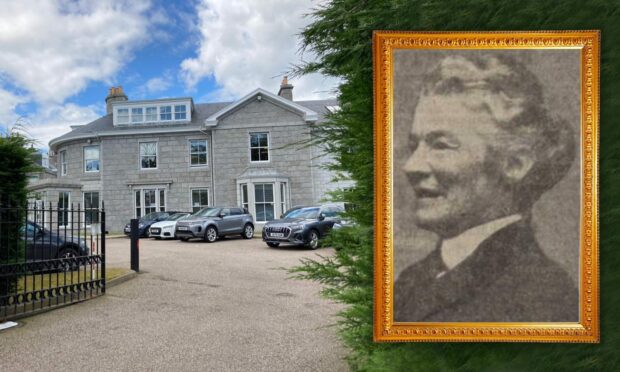
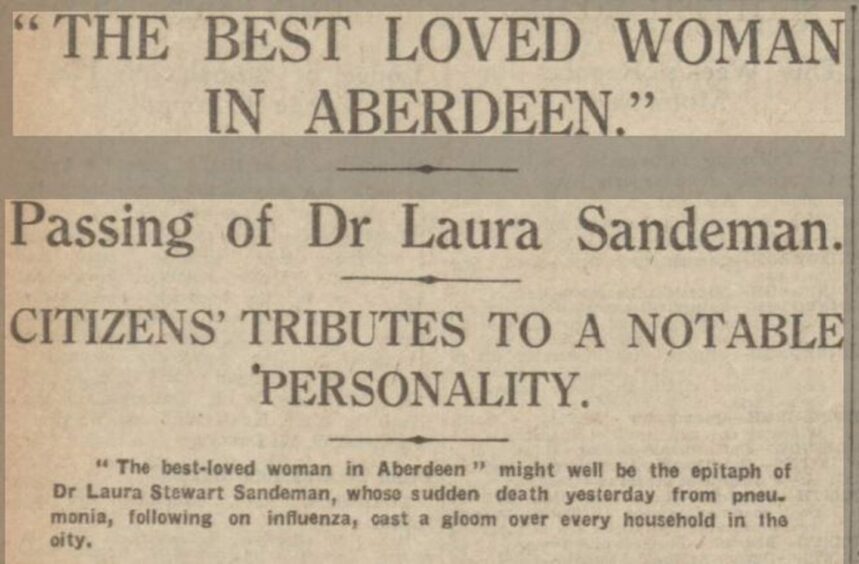
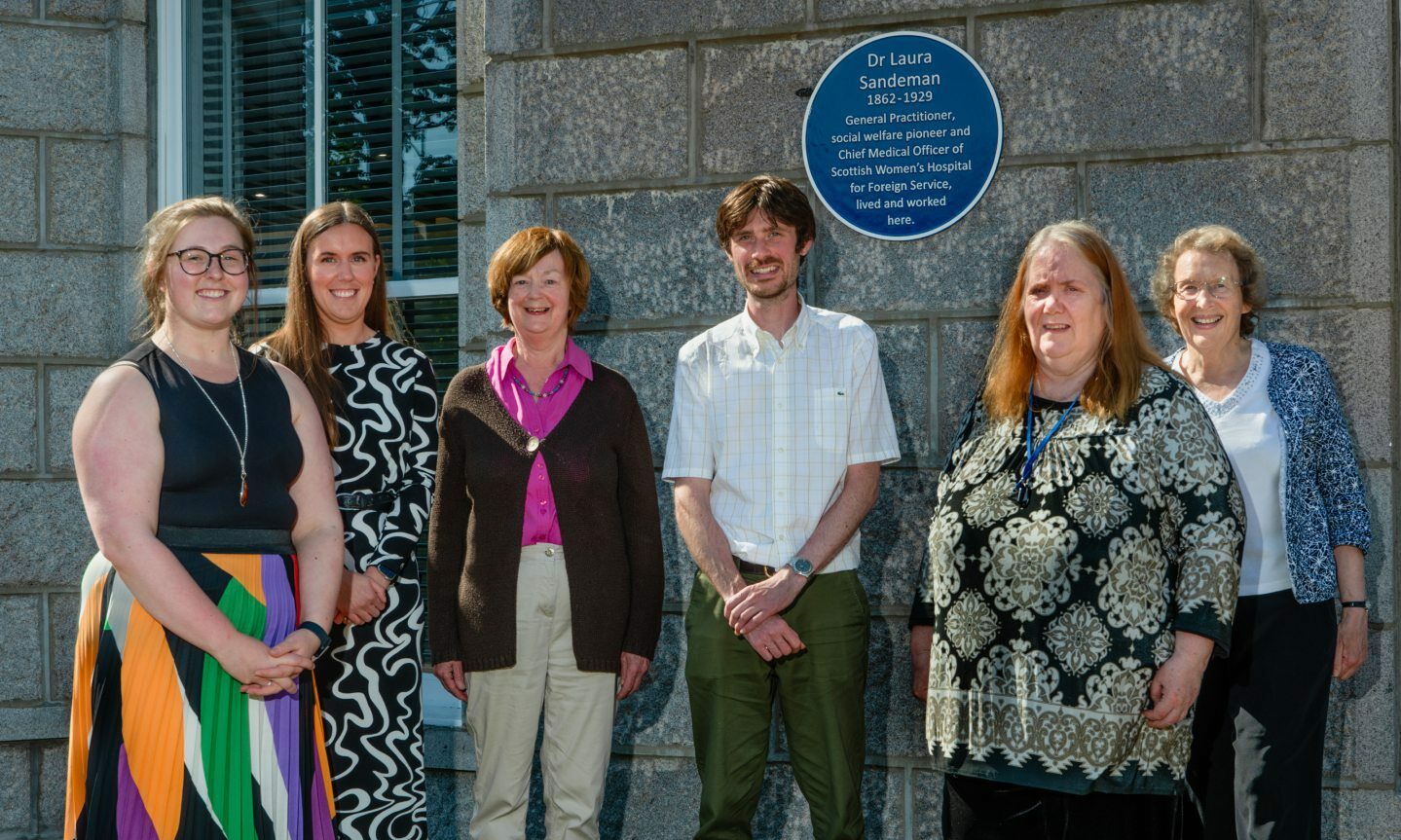
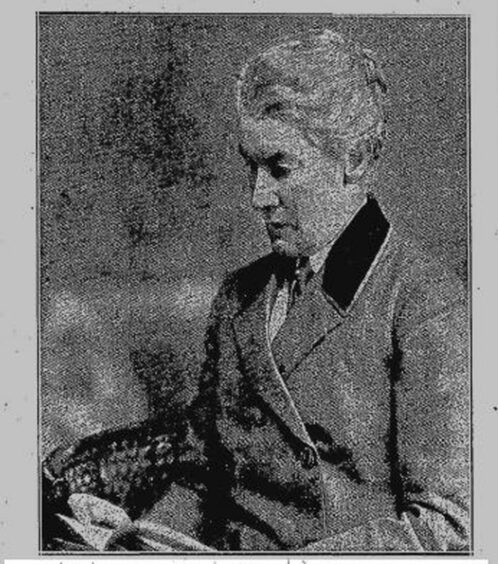
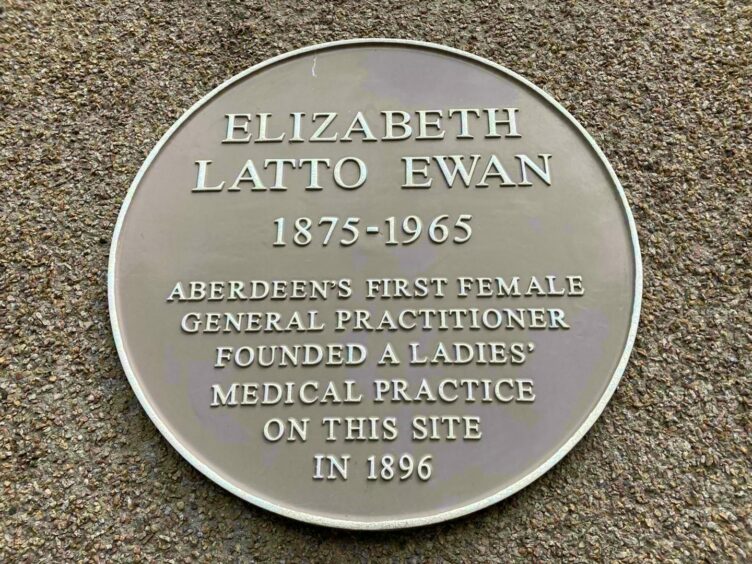

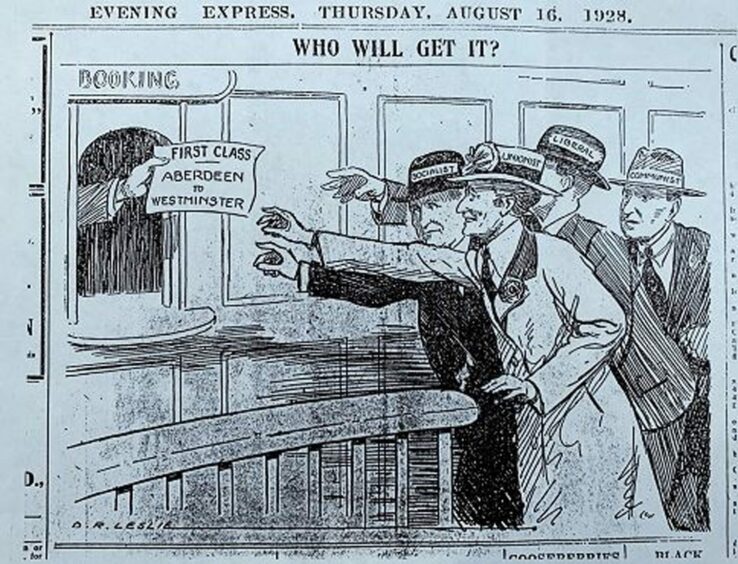
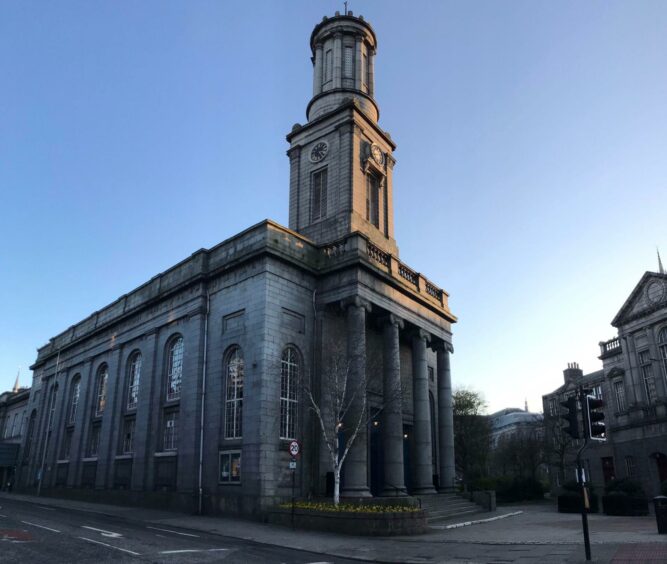


Conversation